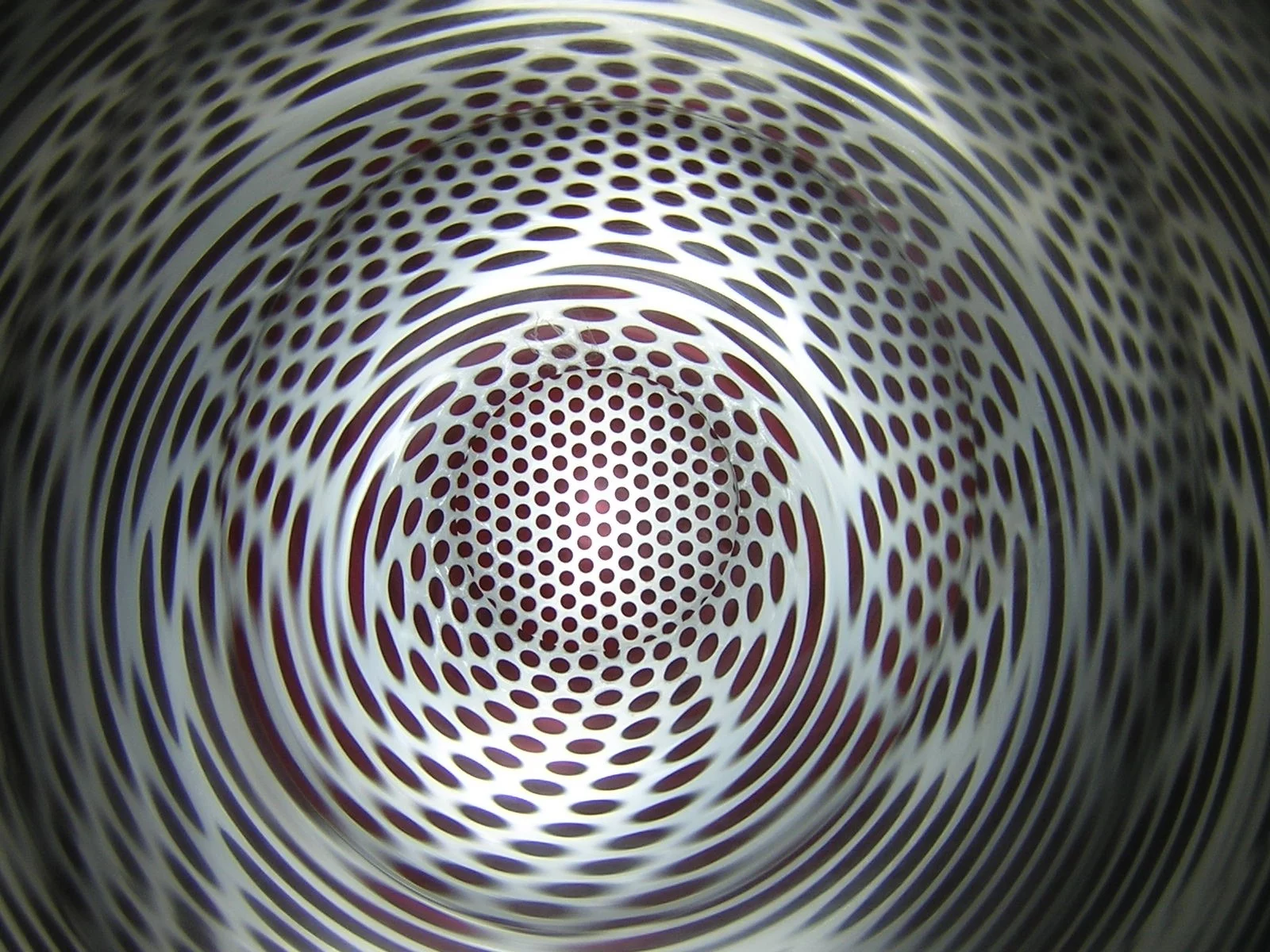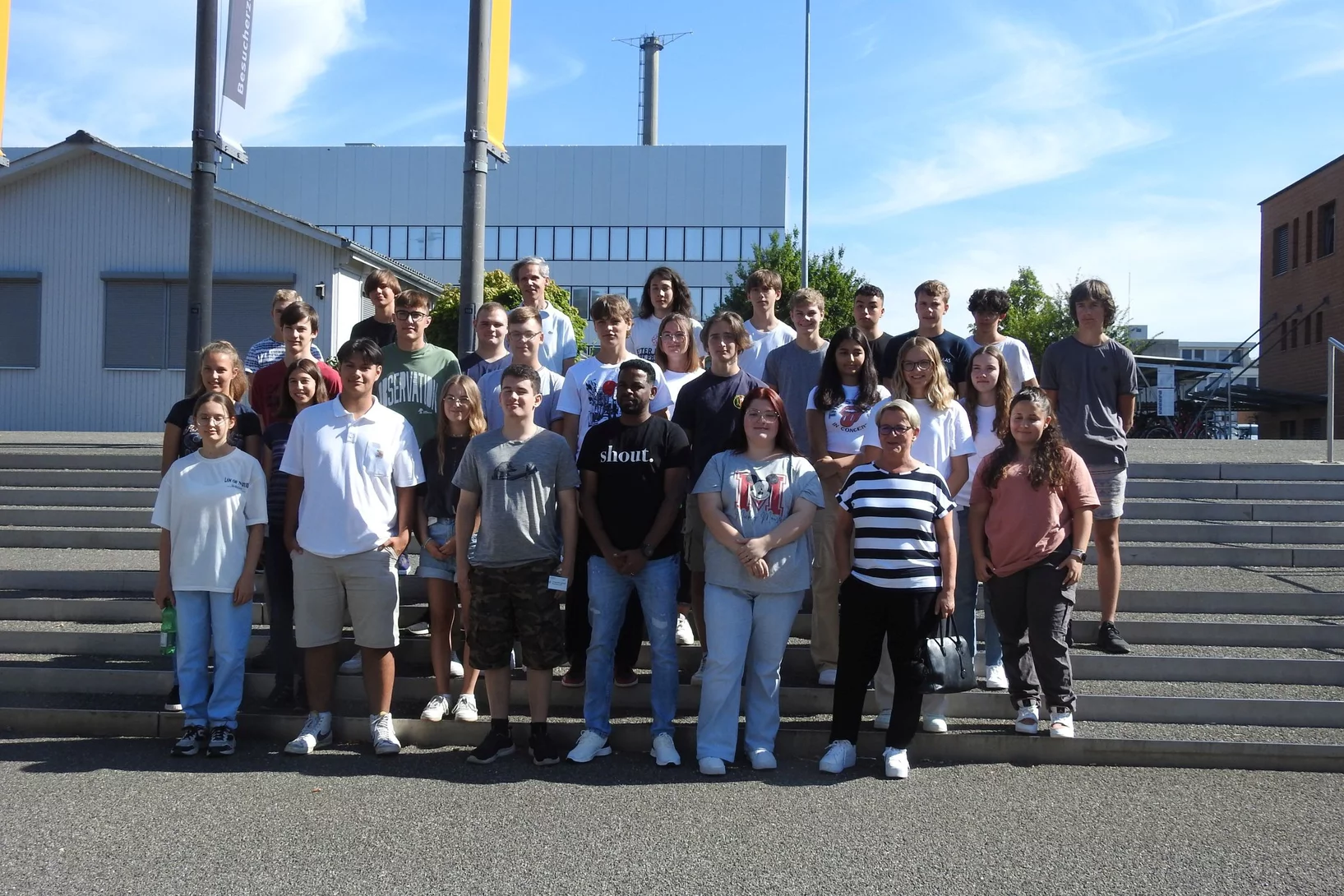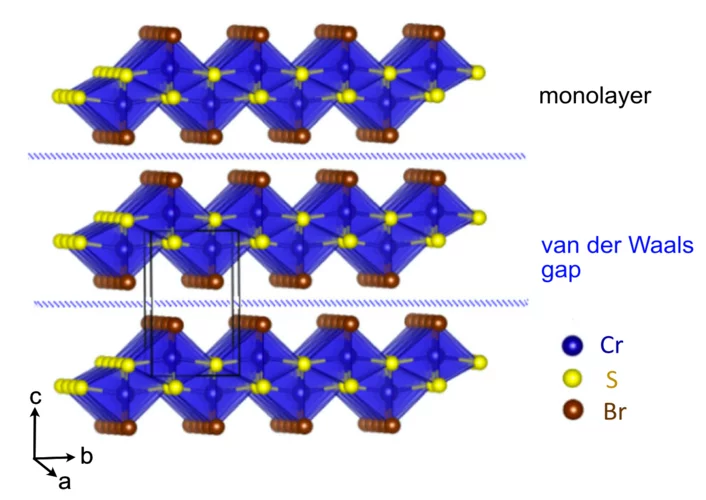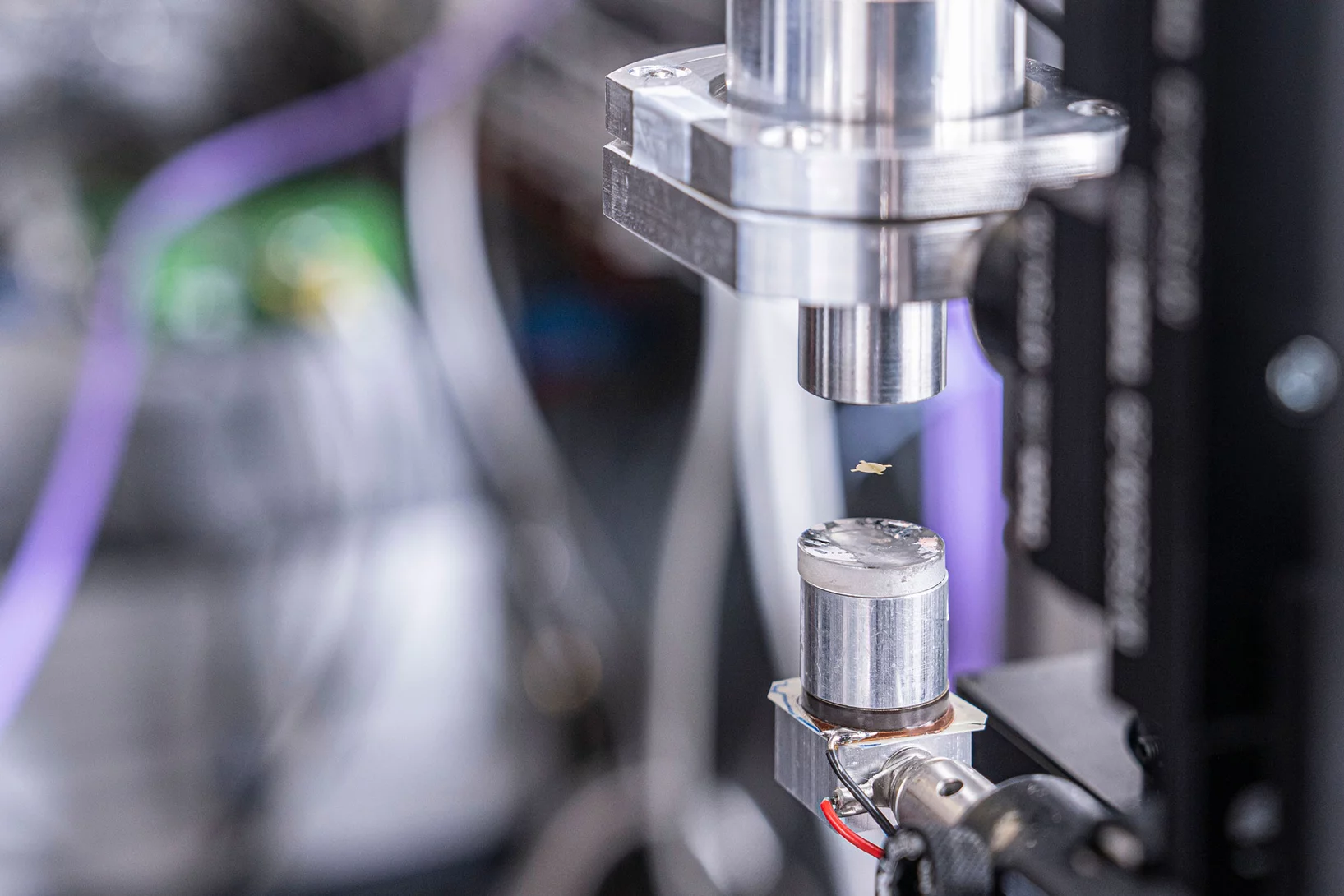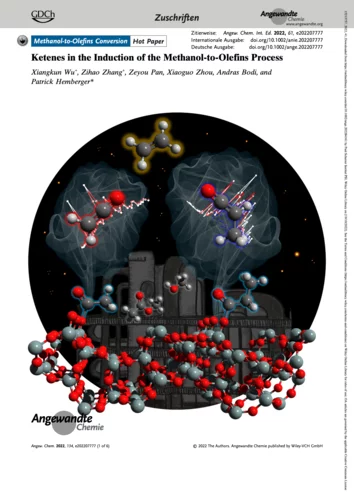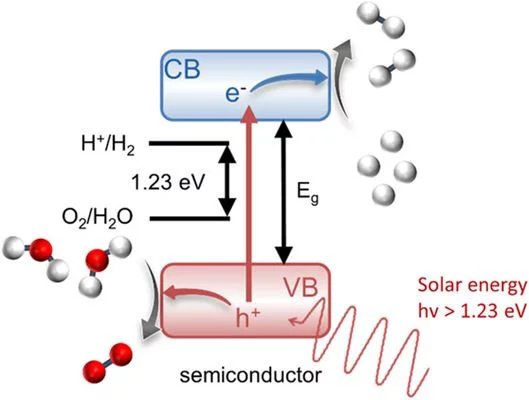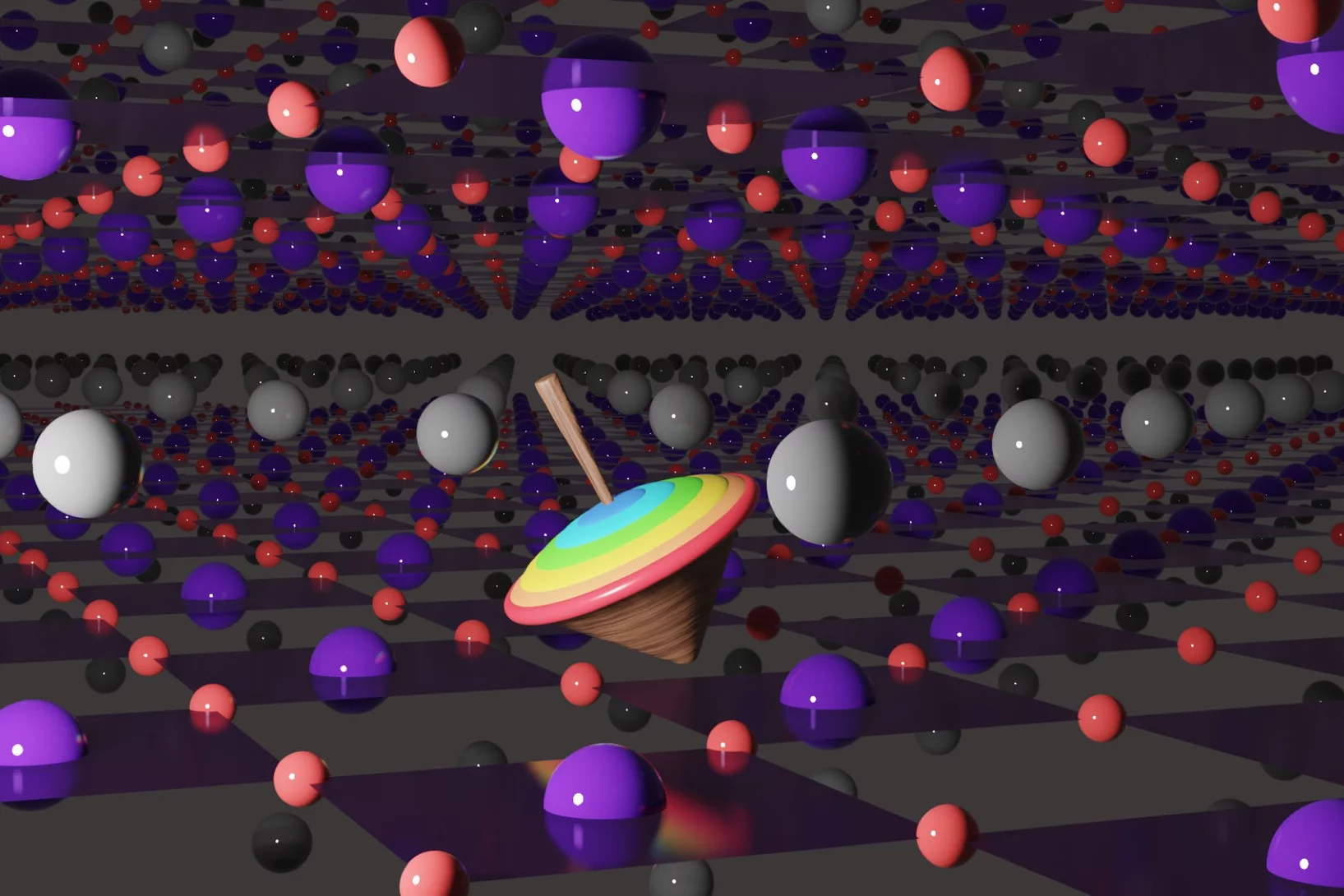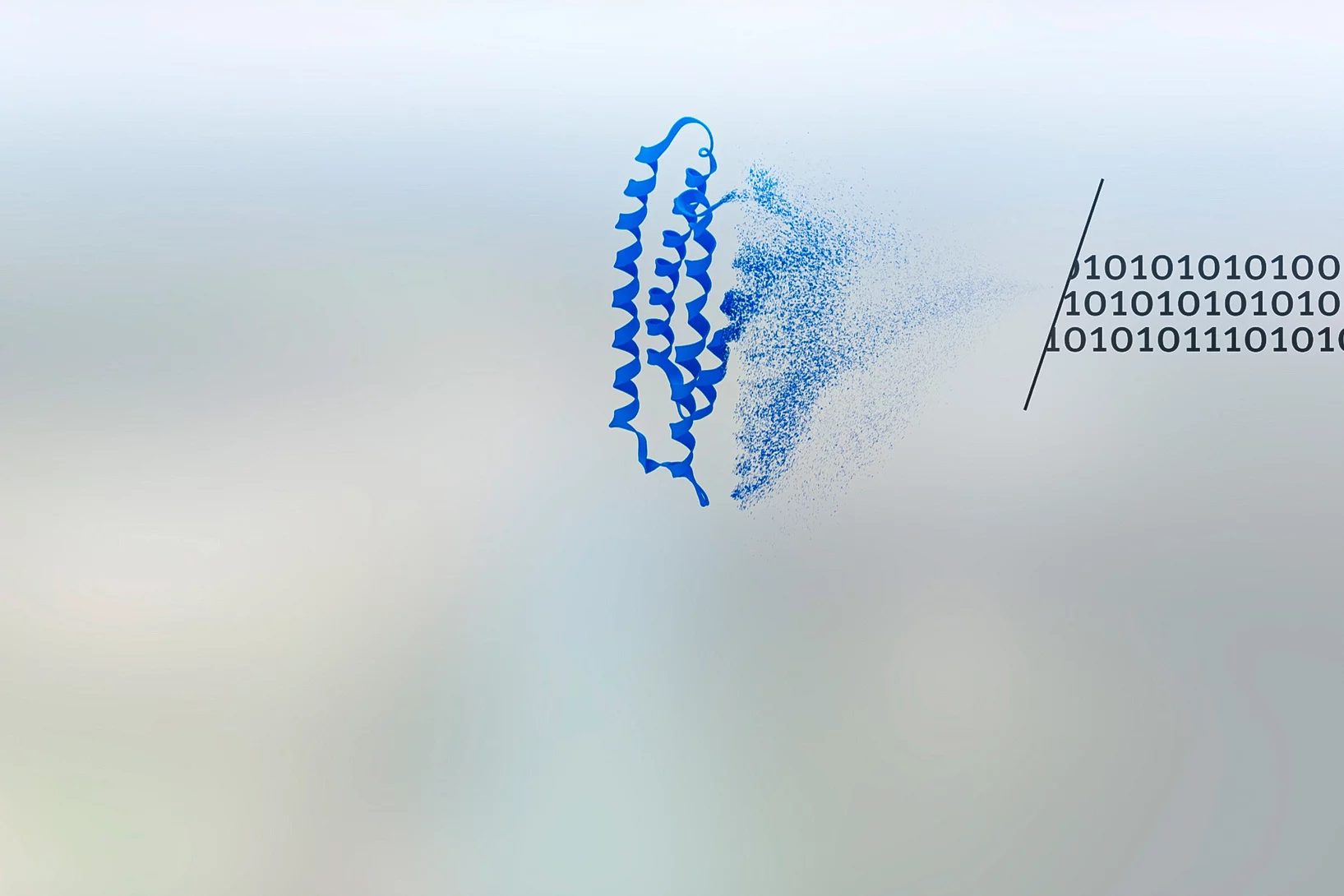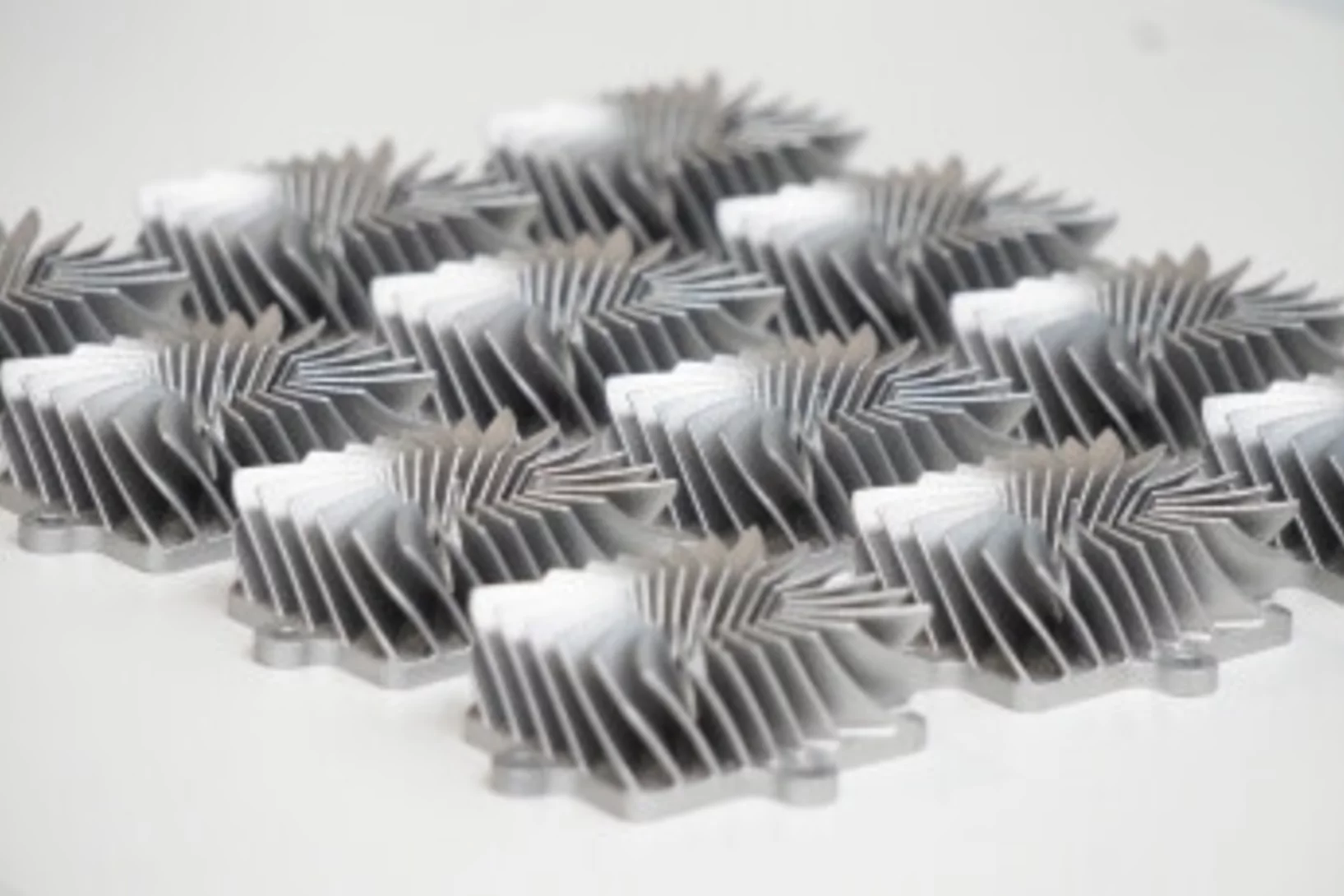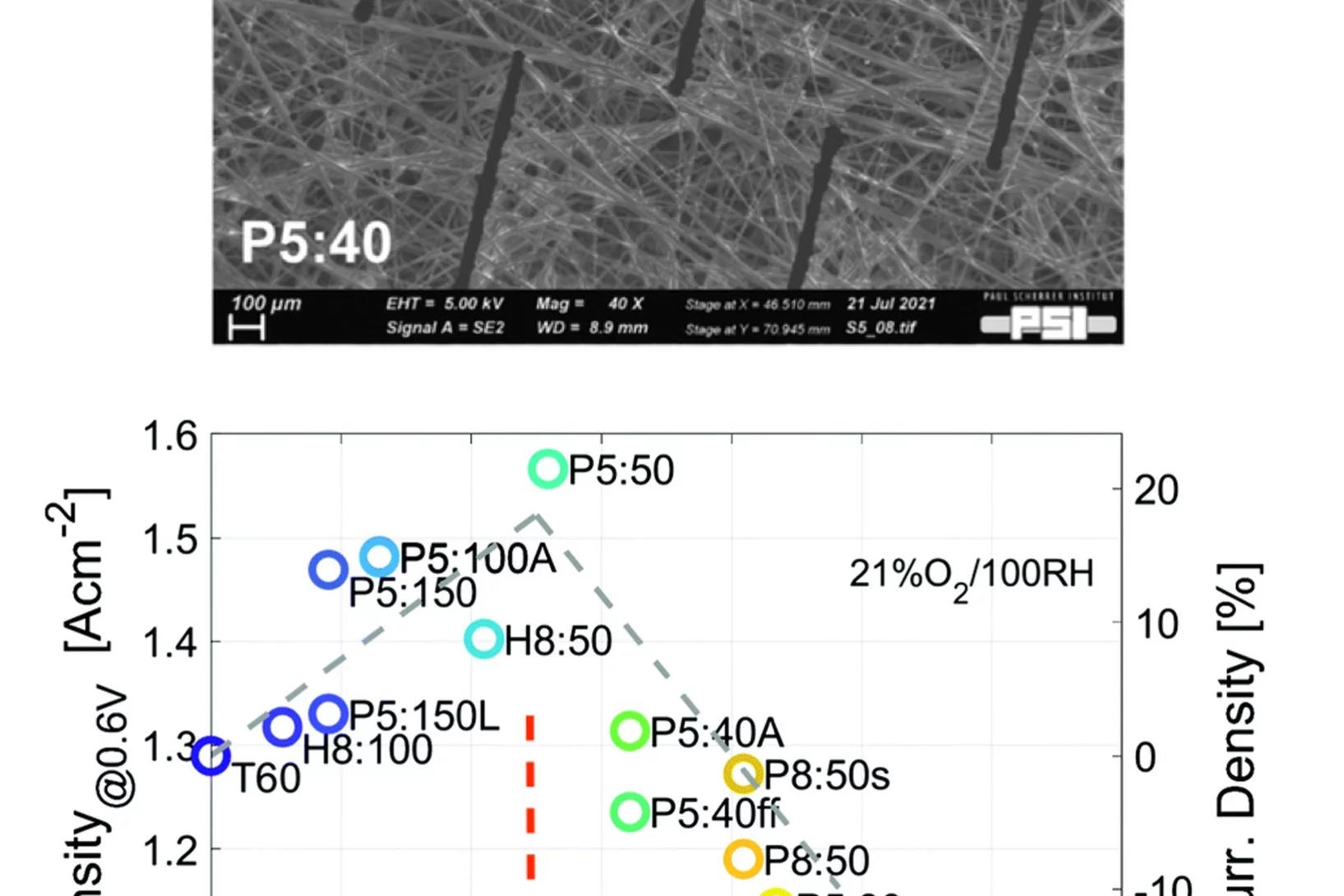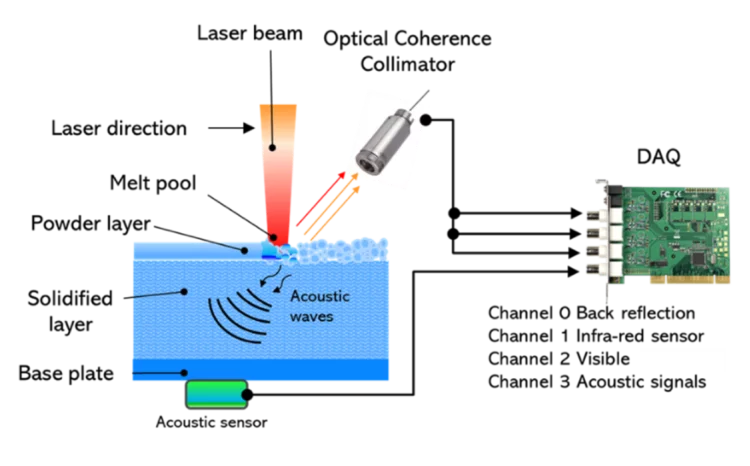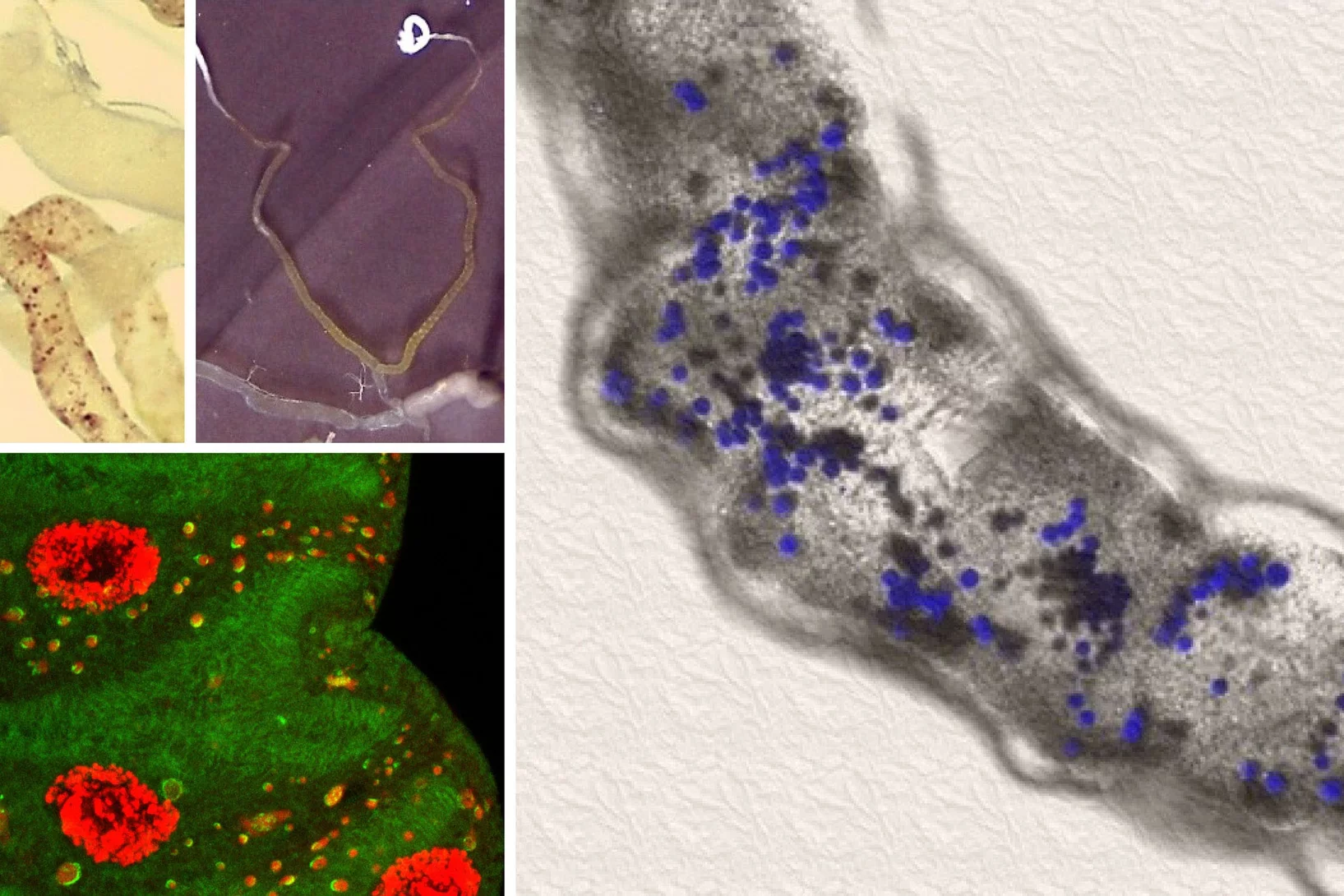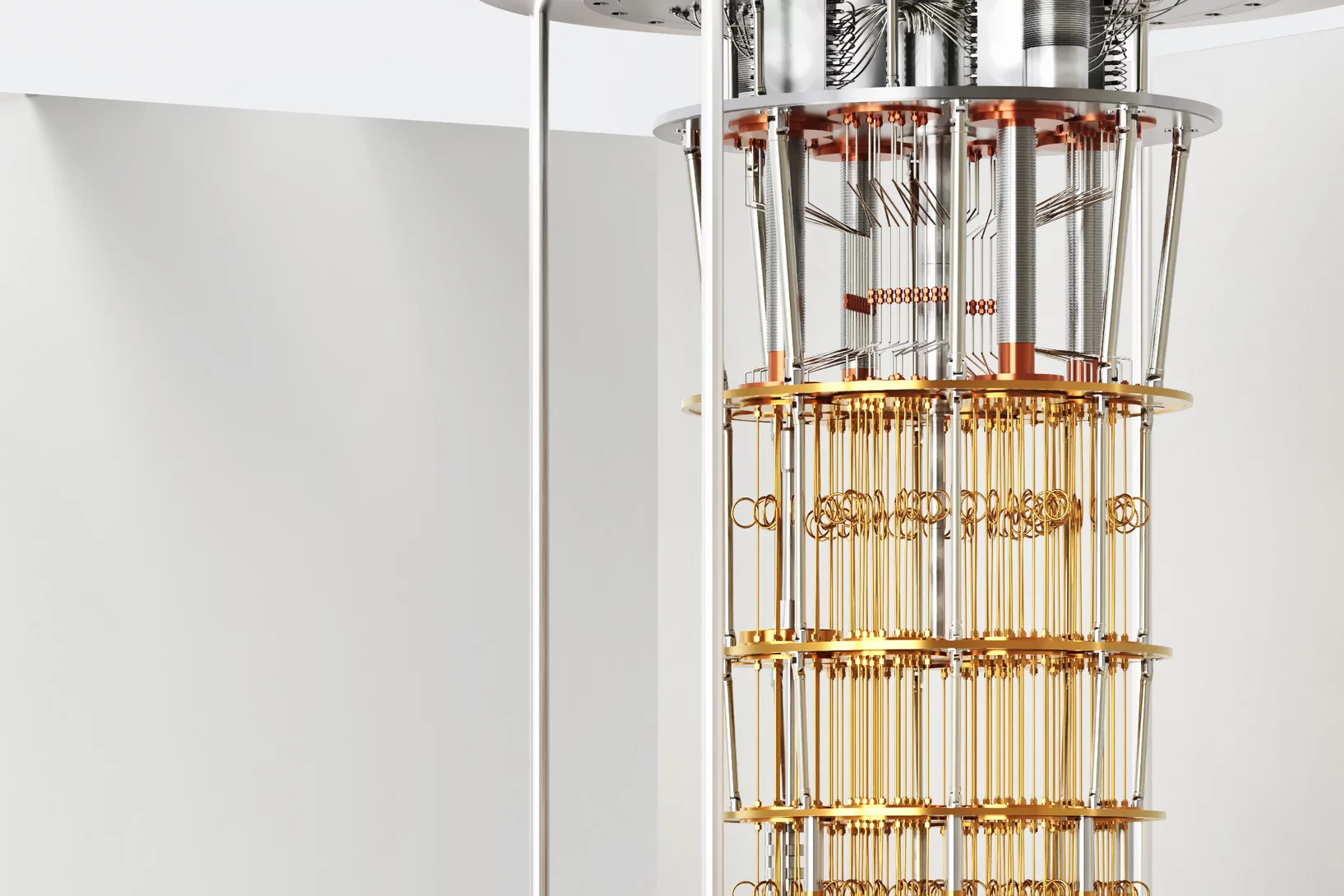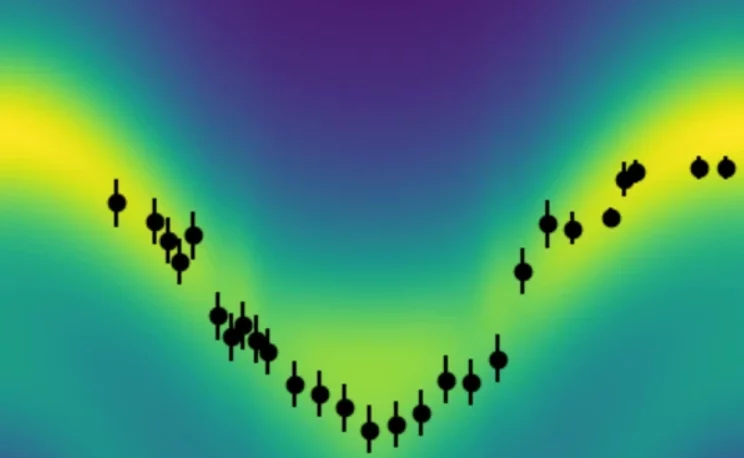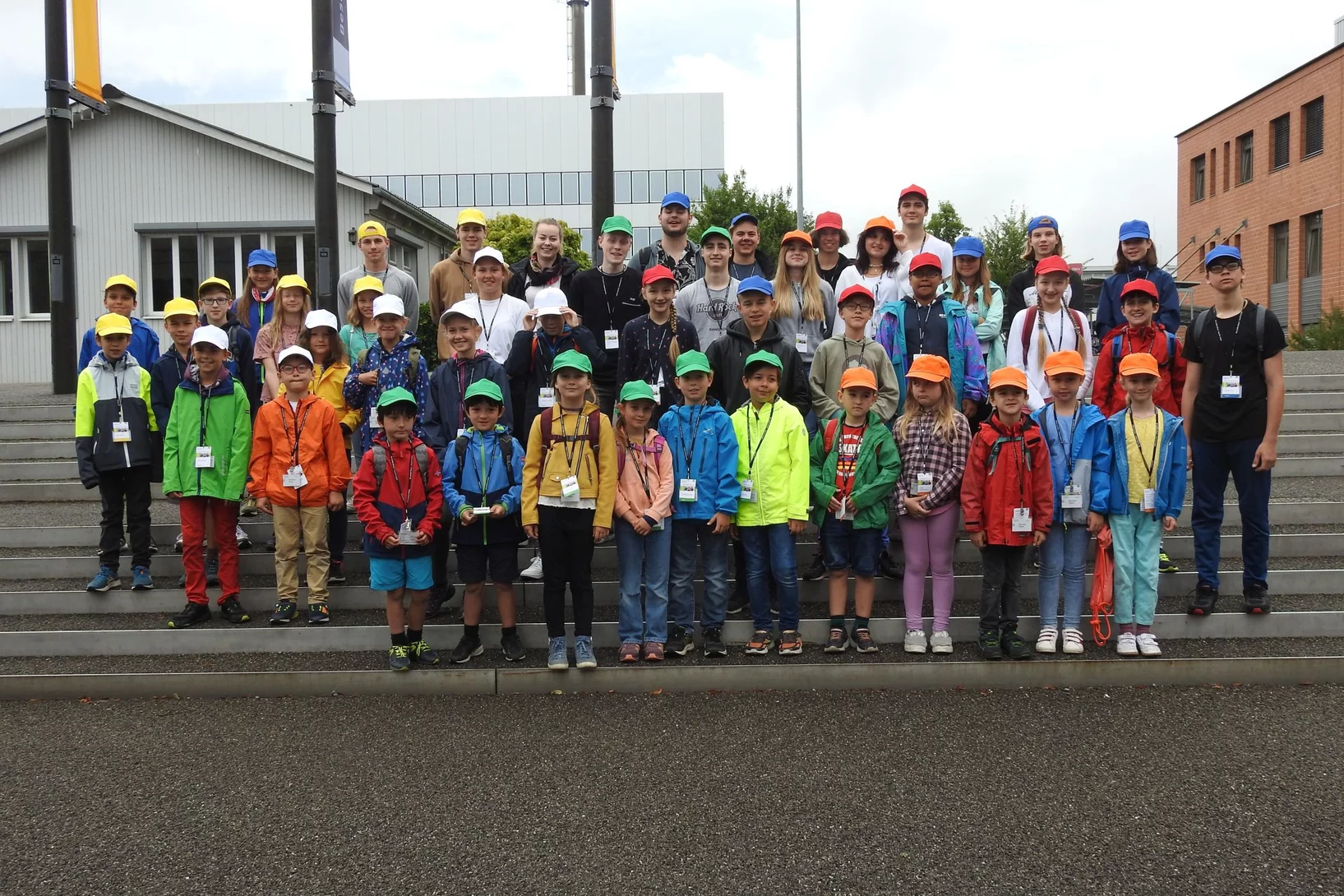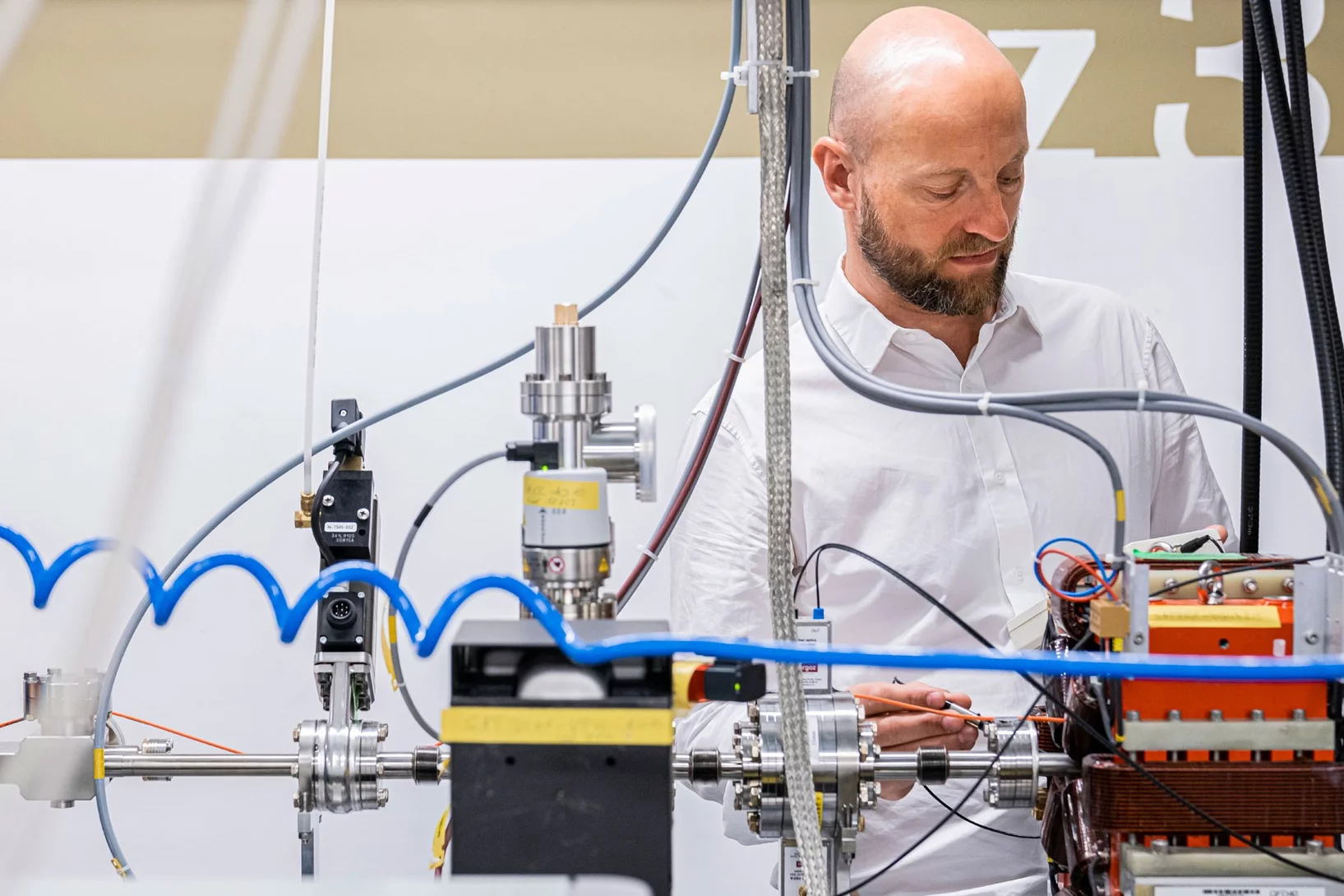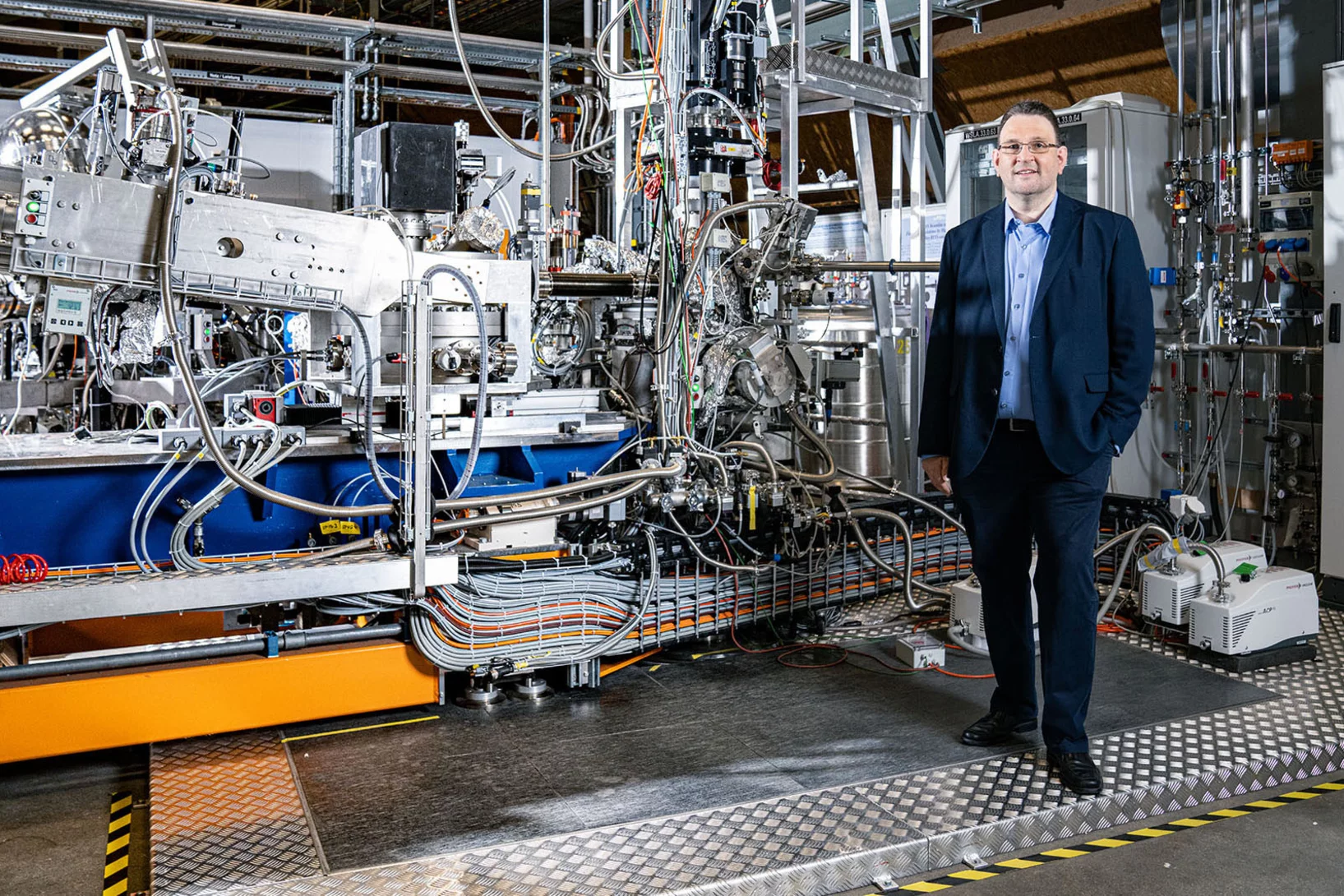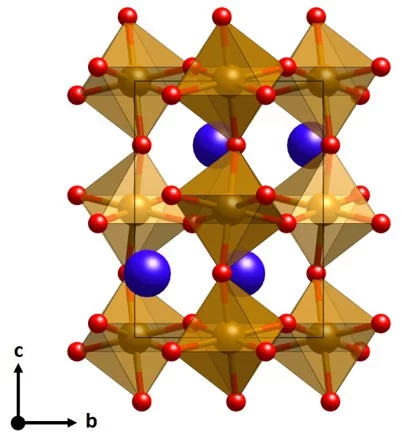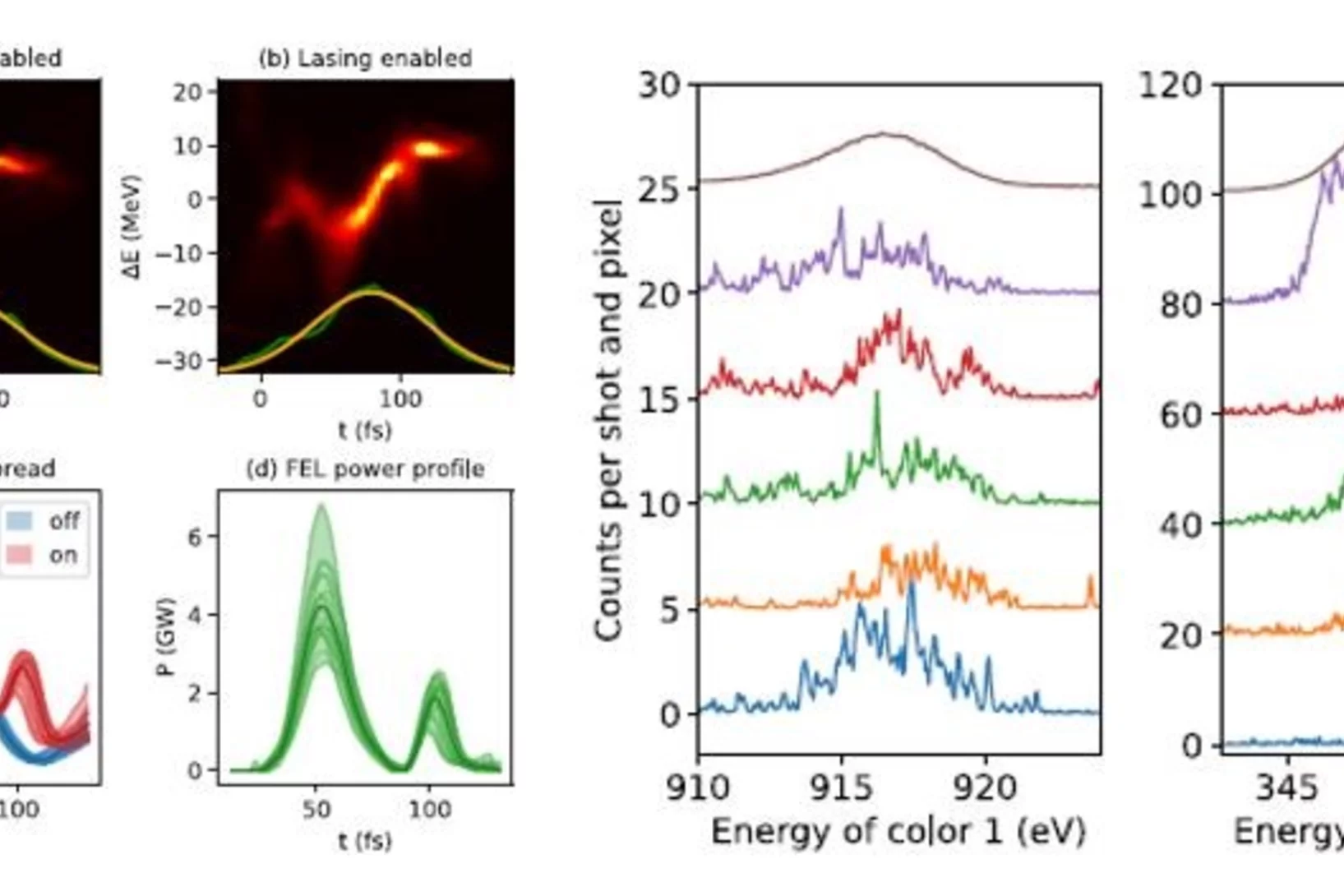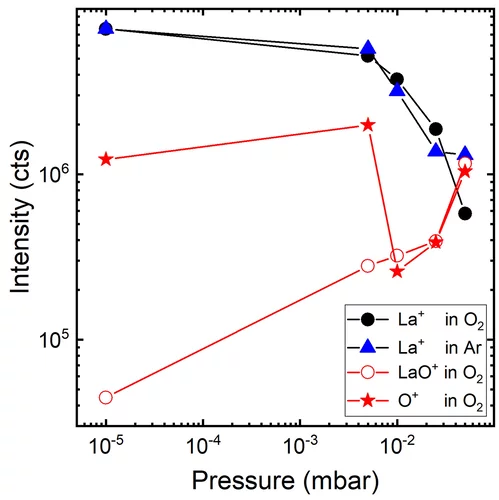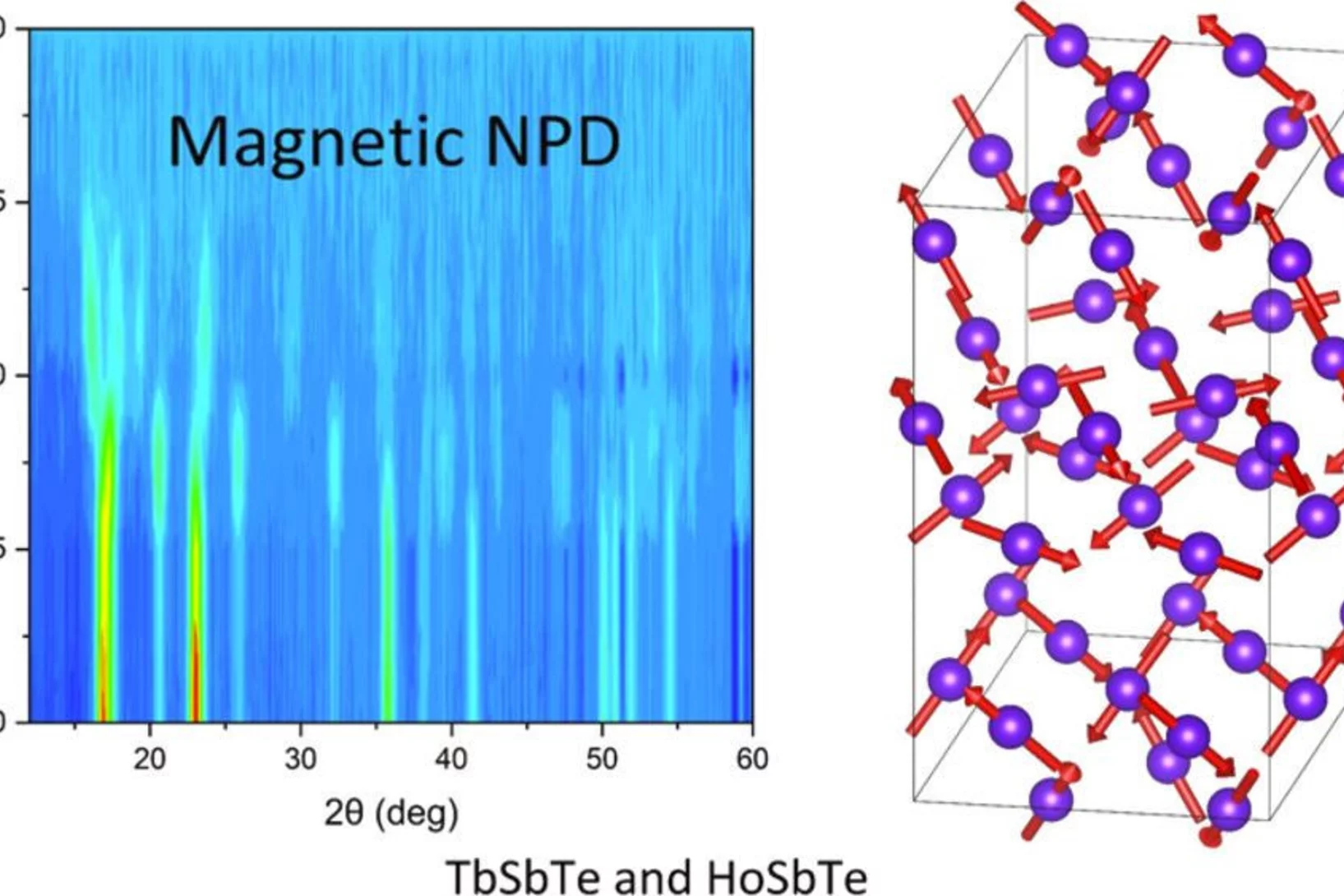"ENERGIE - Geht der Schweiz der Strom aus?"
Wann: 6. September 2022, 9 Uhr - 18 Uhr
Wo: Halle 622 Zürich-Oerlikon
Am Swissmechanic Business Day zeigen verschiedene renommierte Referenten Perspektiven zum Thema "ENERGIE - Geht der Schweiz der Strom aus?" auf. Auch das PSI ist mit Fachexperten an einem Stand vertreten. Es werden Innovationen und Produkte ausgestellt, unter anderem der ESI Cube des Paul Scherrer Instituts - ein mobiles Exponat der Versuchsplattform «Energy System Integration», welches Forschungs- und Industrie-Partnern zur Verfügung steht. Der Cube macht das komplexe Thema Energiespeicherung und –Umwandlung auf spielerische Art und Weise verständlich.
Entscheidungsträger aus der Industrie treffen sich, um die Fachvorträge zu hören und sich über die neuesten Produkte und Innovationen zu informieren.
Der Business Day ist eine hervorragende Gelegenheit, sich über hochrelevante und aktuelle Themen wie der Sicherung der Schweizer Energieversorgung in den kommenden Jahren oder die Sicherheit der Kernenergie zu informieren. Nutzen Sie diese Gelegenheit zum Netzwerken und nehmen Sie teil!
Mehr Informationen zum detaillierten Programm, zu den Referenten und zur Anmeldung finden Sie hier:
https://www.swissmechanic.ch/business-day
Deadline für die Anmeldung: 16. August 2022
